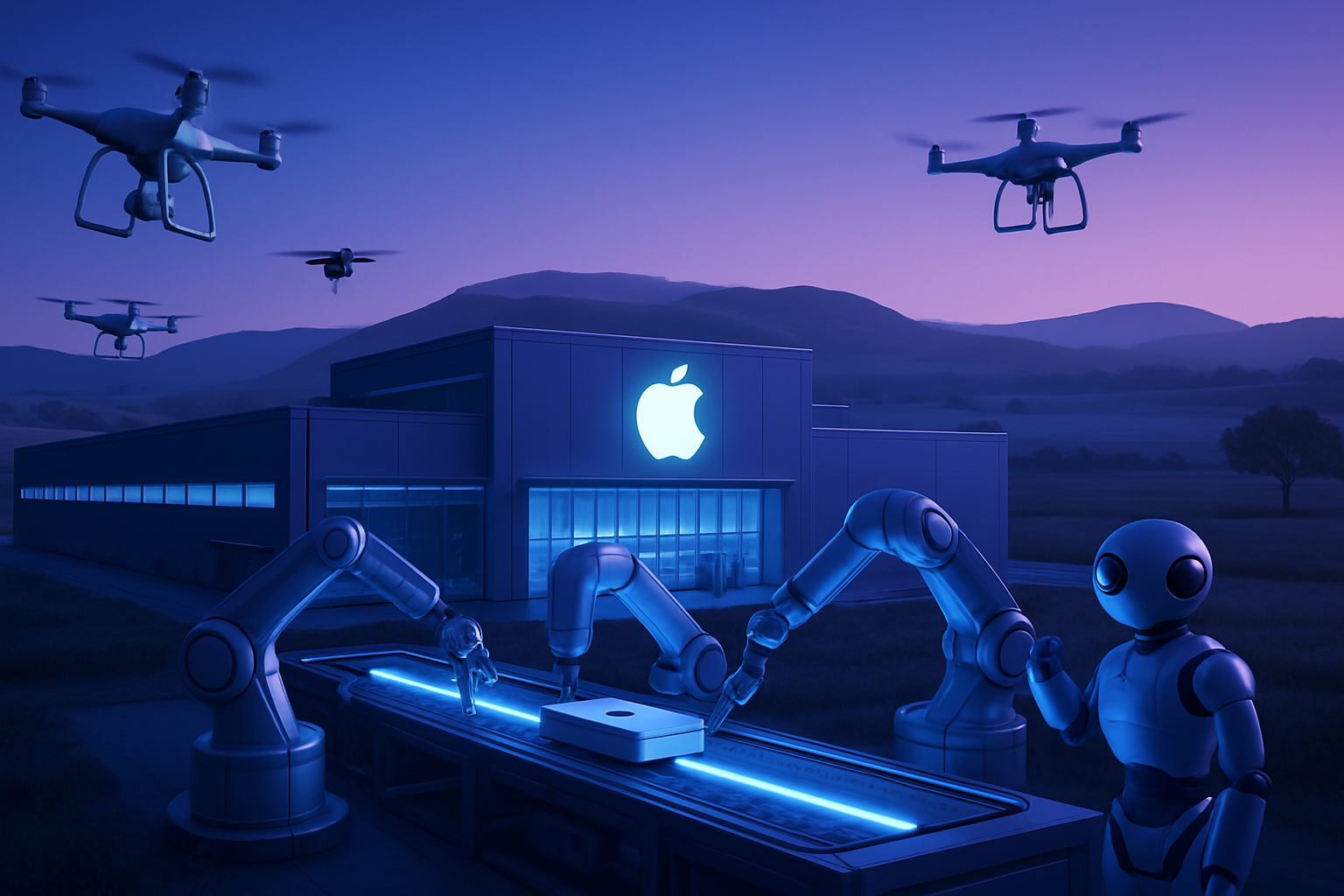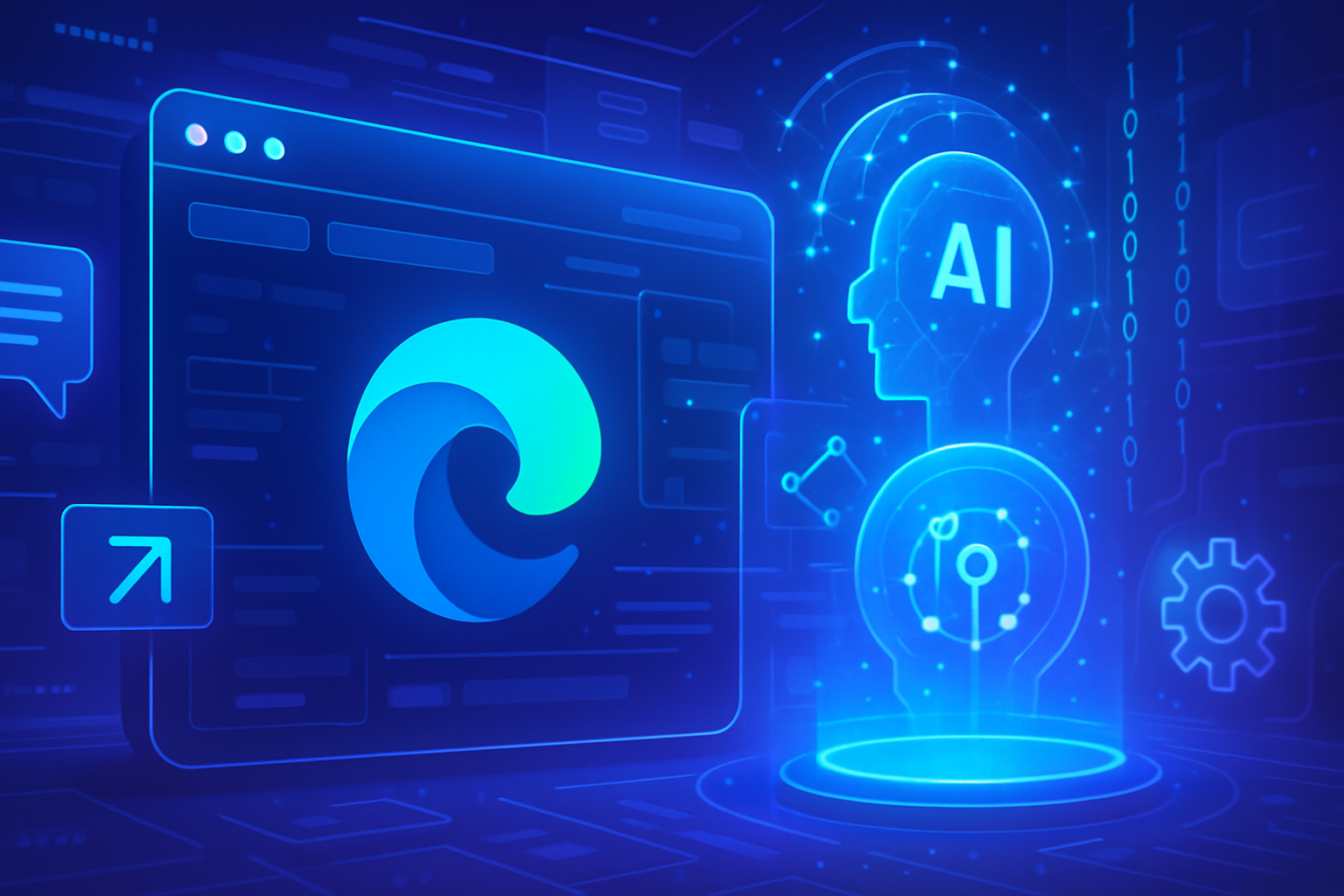Emergence of an Artificial Intelligence Model for Drinking Water
A new model of artificial intelligence (AI) has entered the market, aiming to optimize the production of clean drinking water. This model promises to integrate various parameters to improve the efficiency and sustainability of water resource management.
Underlying Technologies
This model relies on advanced data analysis from hydraulic infrastructures. Thanks to machine learning algorithms, AI can process information in real time, storing data on consumption levels, climatic conditions, and potential pollutants.
Predictive Maintenance and Proactive Intervention
The planning of maintenance interventions benefits from increased accuracy. AI anticipates equipment failures, thus enabling predictive maintenance. The importance of avoiding leaks or unexpected failures becomes evident, as this can compromise access to drinking water.
Optimization of Water Networks
The operation of water networks becomes more prudent with the use of AI. Constant monitoring of infrastructures allows for the identification of anomalies in real time, thus reducing water losses and ensuring a constant supply. Accurate modeling of water flows also enhances network performance.
Impact on Water Footprint
The production of an AI model has a water footprint that deserves to be analyzed. A recent study indicates that the timing and locations of AI model training significantly affect water consumption. Therefore, optimizing these parameters is essential to minimize this environmental impact.
Financial Resources and Sustainable Development
Funding for AI projects takes various forms. For example, the Canadian government supports companies such as BioAlert Solutions, whose water treatment system integrates a performance indicator based on AI. This initiative reflects a concrete commitment to sustainable management of water resources.
Toward Integrated Water Management
AI proves to be a strategic lever to ensure access to drinking water. By harmonizing the needs of infrastructures and the expectations of users, integrated water management emerges, promoting energy efficiency and sustainability. The challenge is to develop intelligent systems that continually adapt to environmental and societal changes.
The Challenges of AI in the Water Sector
Despite its undeniable advantages, the integration of AI in water resource management presents notable challenges. The need for suitable regulations and clear ethics arises to avoid potential misuses. A solid legislative framework must be established to govern the use of these advanced technologies.
Conclusion on the Future of AI and Water
The potential of artificial intelligence in the field of water is considerable. The convergence of digital technologies and water resource management paves the way for an unprecedented era of sustainability.
User FAQ on an Artificial Intelligence Model for Clean Drinking Water Production
What is an artificial intelligence model in the context of drinking water production?
An artificial intelligence model is an algorithmic system capable of analyzing data, optimizing water treatment processes, and predicting future needs for drinking water while ensuring the quality and sustainability of water resources.
How can artificial intelligence improve the quality of drinking water?
Artificial intelligence can continuously monitor water quality by analyzing real-time data, detecting contaminants, and optimizing treatments to ensure that the distributed water is both safe and of high quality.
What types of data does AI use to optimize drinking water production?
AI uses historical and real-time data concerning water quality, consumption levels, weather forecasts, and information about infrastructures to make informed decisions.
What are the economic benefits of drinking water production using artificial intelligence?
Optimized water production using AI can reduce operating costs through better energy efficiency, minimize water losses due to leaks, and improve resource planning by reducing unnecessary investments.
Can AI predict shortages of drinking water?
Yes, artificial intelligence can analyze consumption trends and environmental data to anticipate water shortages, enabling managers to take proactive measures to ensure sustainable supply.
What are the limitations of using AI in water resource management?
Limitations include the need for high quality and quantity of data to train models, as well as the importance of human supervision to avoid biases and ensure ethical and responsible decisions.
How do predictive models based on AI integrate into current water distribution systems?
These models can be integrated into existing water management systems to enhance monitoring, optimize network management, and provide recommendations on necessary interventions to maintain service efficiency.
Is it necessary to train staff in the use of AI for water management?
Yes, training is essential to ensure that staff understands how to effectively use AI tools, interpret generated data, and integrate this information into daily decision-making.
What environmental impacts can be expected from a well-designed AI model in water management?
A well-designed AI model can reduce water waste, improve resource management, and decrease environmental footprint by optimizing treatment processes and facilitating sustainable use of water resources.






